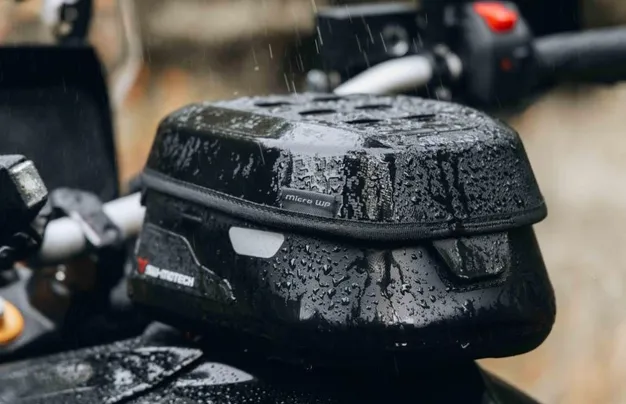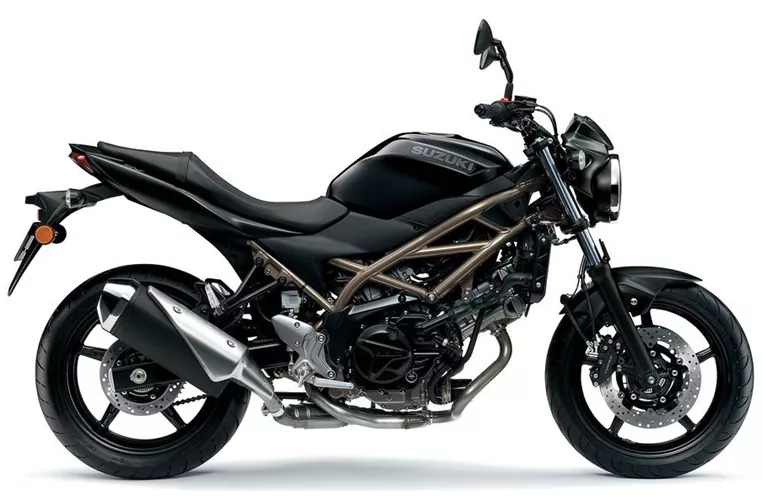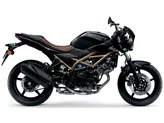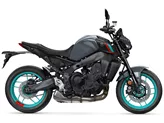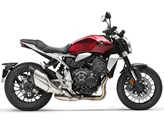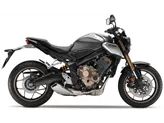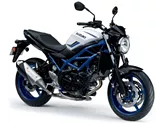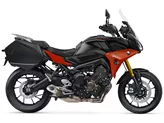Suzuki SV 650 2021 vs. Yamaha MT-09 2021
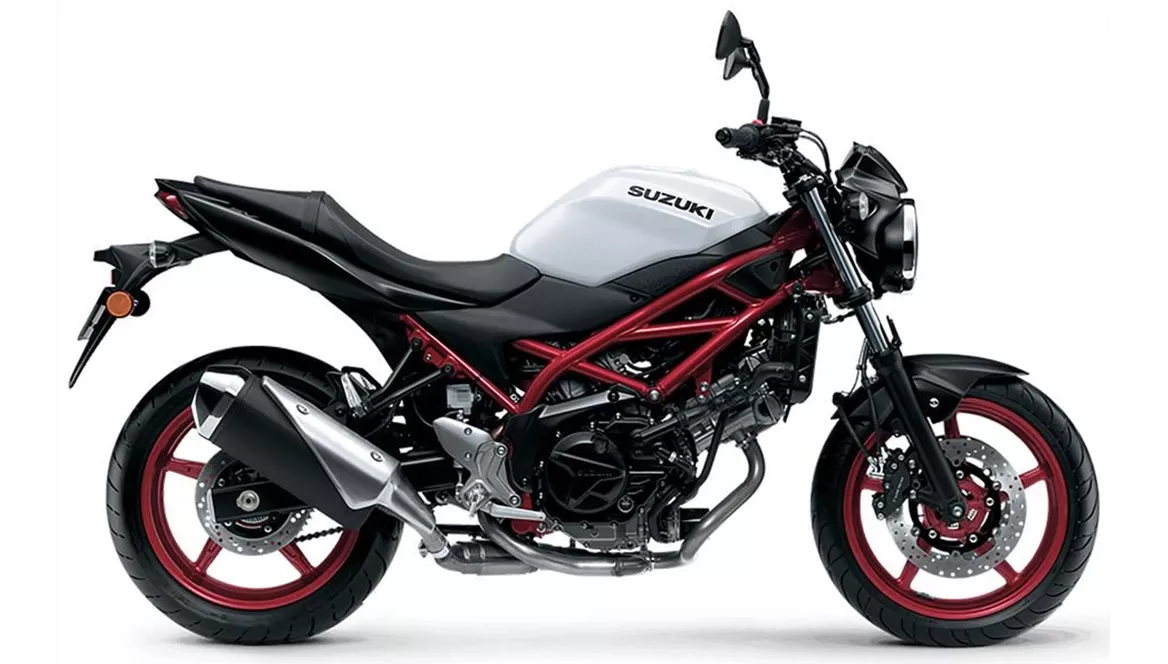
Suzuki SV 650 2021
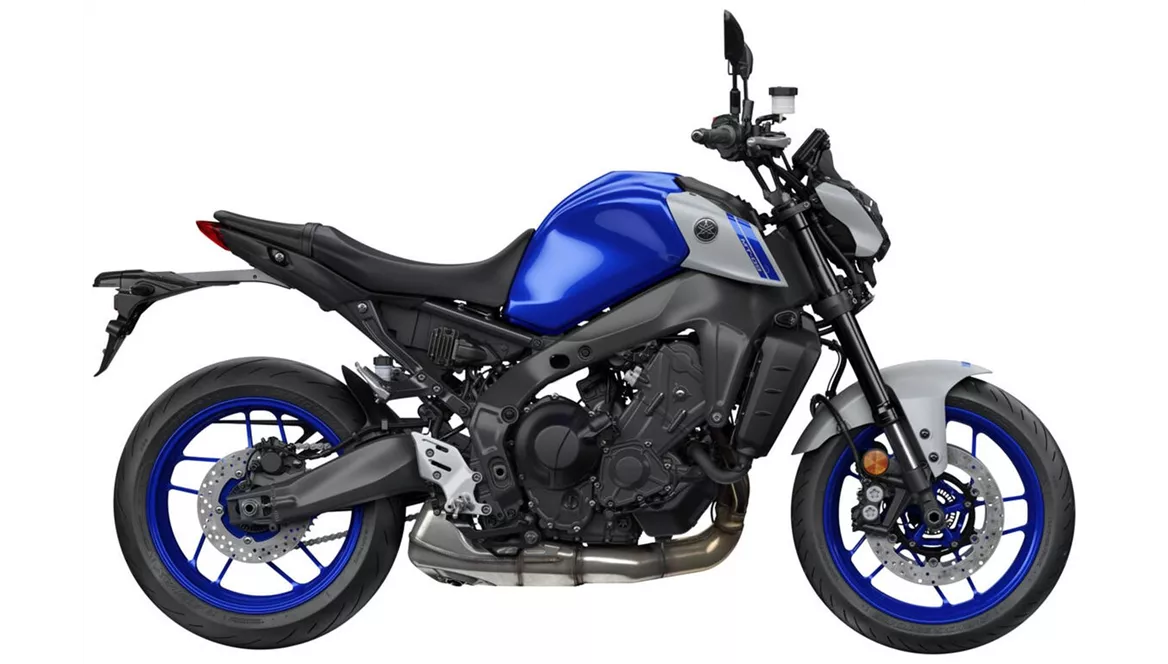
Yamaha MT-09 2021
Vue d’ensemble - Suzuki SV 650 2021 vs Yamaha MT-09 2021
The Suzuki SV 650 2021 and the Yamaha MT-09 2021 are both naked bikes that offer unique features and capabilities. Starting with the Suzuki SV 650, it is equipped with a V2 engine type that delivers 73 HP of power and 64 Nm of torque. The fuel system is injection-based, and it has a displacement of 645 ccm. The bike features a telescopic fork front suspension and a swing arm rear suspension with a monoshock absorber. The frame is made of steel and has a tubular design. The front brakes are double disk with a diameter of 290 mm, and it comes with ABS as an advanced rider assistance system. The front and rear tires have widths of 120 mm and 160 mm, respectively, with a diameter of 17 inches. The wheelbase is 1445 mm, and the seat height is 785 mm. The kerb weight, including ABS, is 200 kg, and the fuel tank capacity is 14.5 liters. It offers a range of 353 km and has a combined fuel consumption of 4.1 l/100km.
On the other hand, the Yamaha MT-09 2021 features an in-line engine type that delivers a higher power of 119 HP and torque of 93 Nm. The fuel system is also injection-based, and it has three cylinders with a displacement of 889 ccm. The front suspension is an upside-down telescopic fork, similar to the Suzuki SV 650, and it also has a swing arm rear suspension with a monoshock absorber. However, the frame is made of aluminum and has a twin tube design, which provides additional strength and stability. The front brakes are double disk with a larger diameter of 298 mm. In terms of advanced rider assistance systems, the Yamaha MT-09 offers ABS, quickshifter, and traction control. The front and rear tires have widths of 120 mm and 180 mm, respectively, with a diameter of 17 inches. The wheelbase is slightly shorter than the Suzuki SV 650 at 1430 mm, and the seat height is higher at 825 mm. The kerb weight, including ABS, is 189 kg, and the fuel tank capacity is 14 liters. It offers a range of 280 km and has a combined fuel consumption of 5 l/100km.

Suzuki SV 650 2021
In terms of strengths, the Suzuki SV 650 is praised for its confident V2 powerplant with character, stable chassis, comfortable seating position, easy handling, and timeless look. On the other hand, the Yamaha MT-09 is commended for its lack of load change reactions, increased pressure from the center, over-complete electronics package, great working quickshifter, comfortably integrated seating position, successful chassis, lively handling, and enormous riding pleasure.
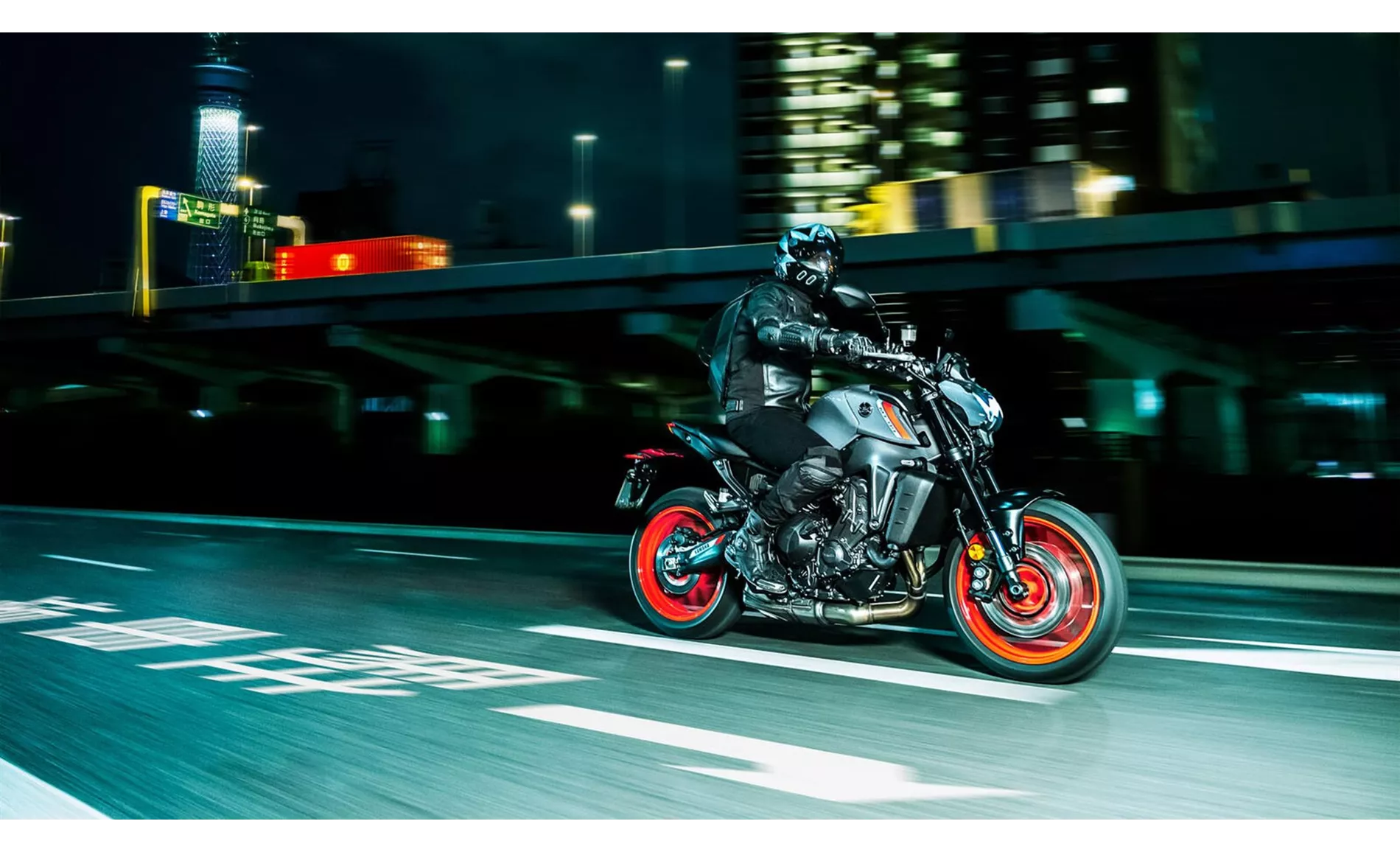
Yamaha MT-09 2021
However, the Suzuki SV 650 does have some weaknesses. It requires manual force for the brakes, lacks electronics apart from ABS, and has instruments that are moderately readable. On the other hand, the Yamaha MT-09 has a polarizing look, a small TFT display, somewhat indirect front wheel feel, and cruise control is only available in the SP variant.
In conclusion, both the Suzuki SV 650 2021 and the Yamaha MT-09 2021 offer unique features and capabilities. The Suzuki SV 650 excels in its V2 powerplant and stable chassis, while the Yamaha MT-09 stands out with its lack of load change reactions and over-complete electronics package. Ultimately, the choice between the two will depend on the rider's preferences and priorities.
Caractéristiques techniques Suzuki SV 650 2021 par rapport à Yamaha MT-09 2021
Avantages et inconvénients en comparaison
Avantages et inconvénients en comparaison
Suzuki SV 650 2021
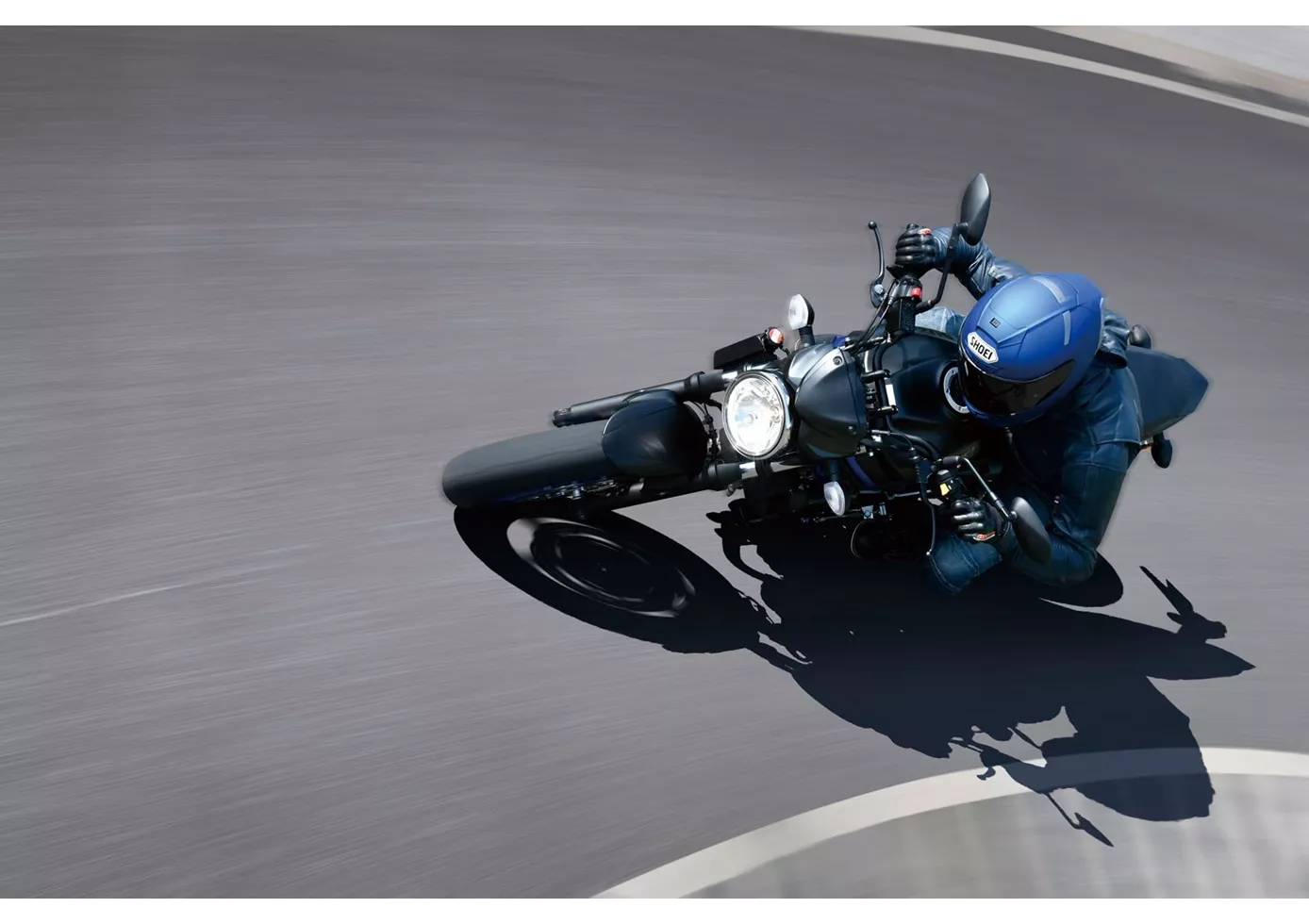
La Suzuki SV 650 n'a pas beaucoup évolué depuis cinq ans par rapport à son prédécesseur. Le moteur a été mis à jour selon la norme Euro5 et se présente désormais de manière encore plus adulte, ce qui lui permet de s'intégrer parfaitement au reste du package. La SV 650 ne veut effrayer personne, surtout pas les débutants. Le châssis donne une impression de solidité et de sérénité, le frein demande une bonne force manuelle pour éviter un surfreinage inattendu. L'optique est d'une part intemporelle, mais d'autre part vraiment un peu dépassée sur certains composants. En revanche, le prix est correct, comme d'habitude chez Suzuki.
Yamaha MT-09 2021
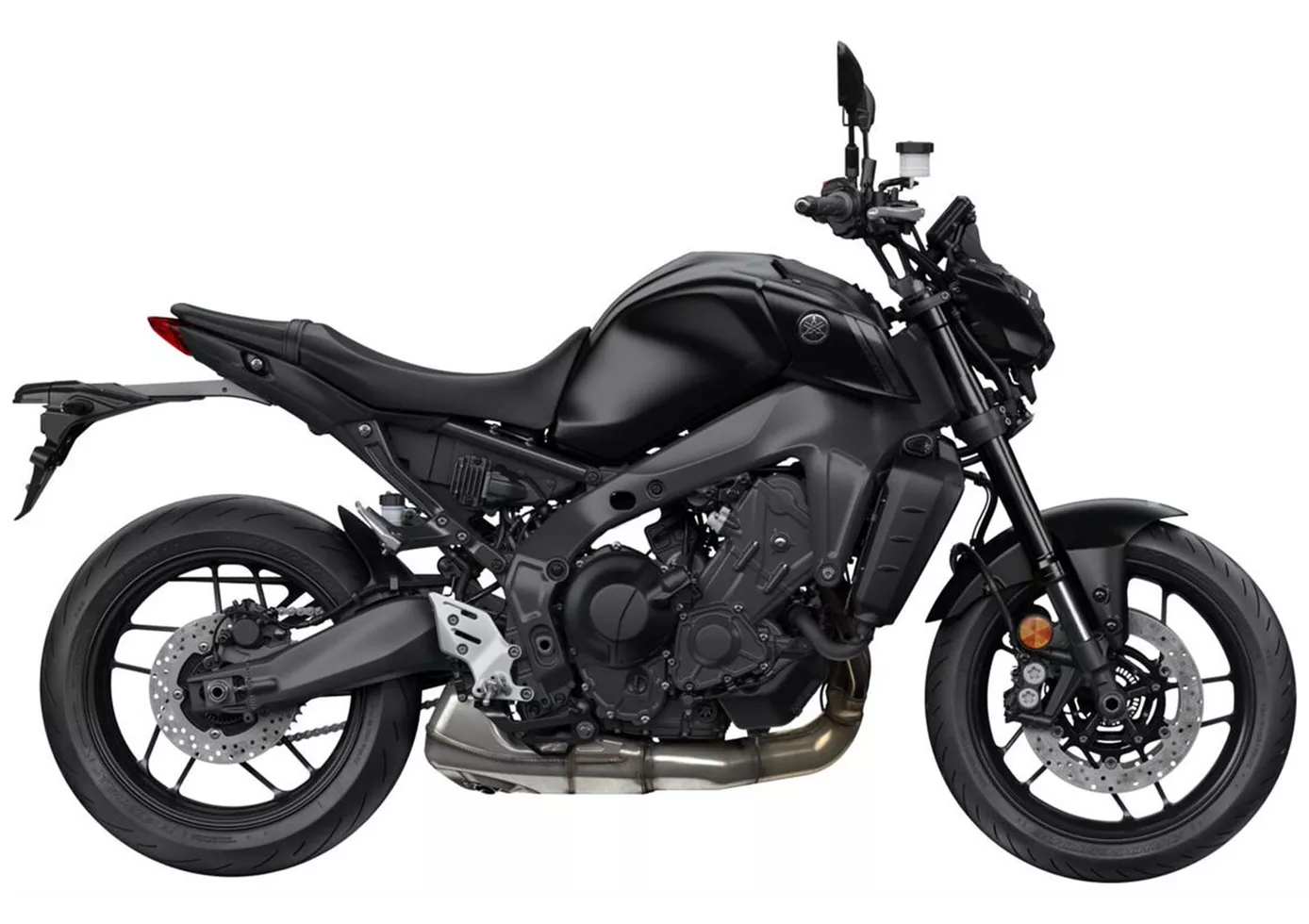
Les ingrédients de la mise à jour 2021 sont réunis : Plus de puissance, plus d'options, plus d'électronique, moins de poids. Si l'on jette un coup d'œil aux données principales de la dernière MT-09, y compris son équipement de série surcomplet, l'expression "naked bike de classe moyenne" semble presque un peu péjorative. Les ingénieurs japonais ont apporté des améliorations là où c'était nécessaire. Le châssis oscillant appartient désormais au passé et les réactions de changement de charge ont été supprimées du moteur trois cylindres remanié. La puissance supplémentaire associée à une poussée un peu plus forte à mi-régime donne une sensation de conduite souveraine. La MT-09 offre de nombreuses caractéristiques / options et un plaisir de conduire énorme à un prix très attractif. Ceux qui s'accommodent de l'esthétique peuvent l'acheter sans hésiter.
Comparaison des prix Prix moyen du marché Suzuki SV 650 vs Yamaha MT-09
There are a few key differences between a Suzuki SV 650 2021 and a Yamaha MT-09 2021. In terms of price, the actual average price of a Yamaha MT-09 2021 is about 56% higher. Compared to Yamaha MT-09 2021 there are less Suzuki SV 650 2021 bikes available on the 1000PS.de Marketplace, specifically 13 compared to 19. It takes less time to sell a Suzuki SV 650 with 111 days compared to 112 days for a Yamaha MT-09. Since model year 2005 1000PS.de editors have written 25 reviews for the Suzuki SV 650 and 57 reviews for the Yamaha MT-09 since model year 2013. The first review for the Suzuki SV 650 was published on 9/26/2008 and now has more than 14,200 views. This compares to more than 39,900 views for the first review on Yamaha MT-09 published on 6/10/2013.
